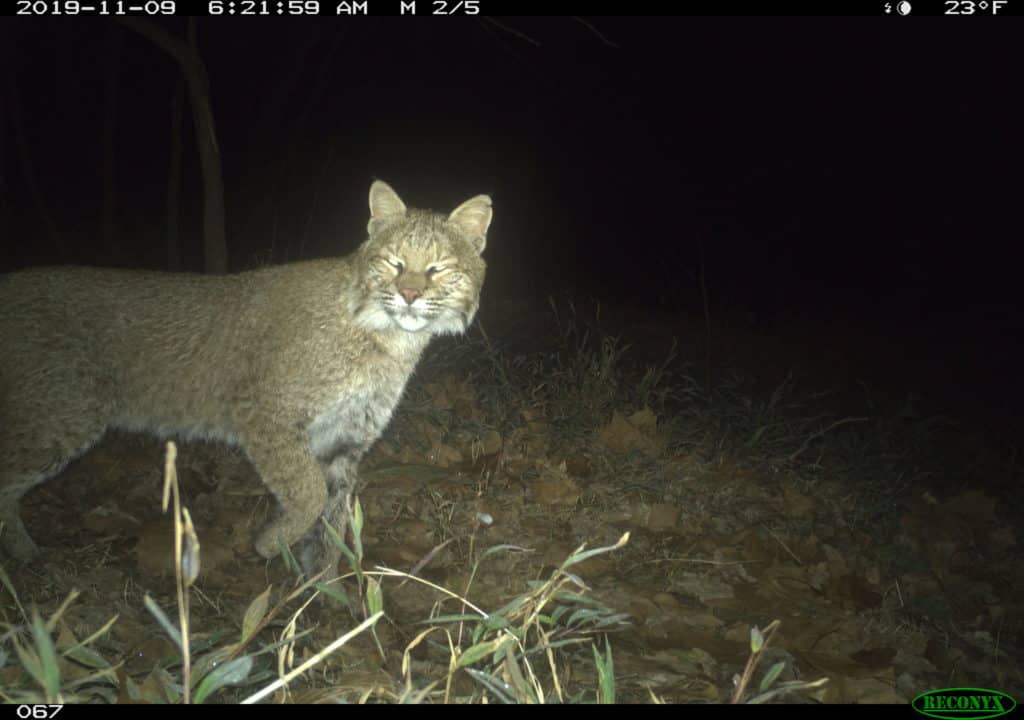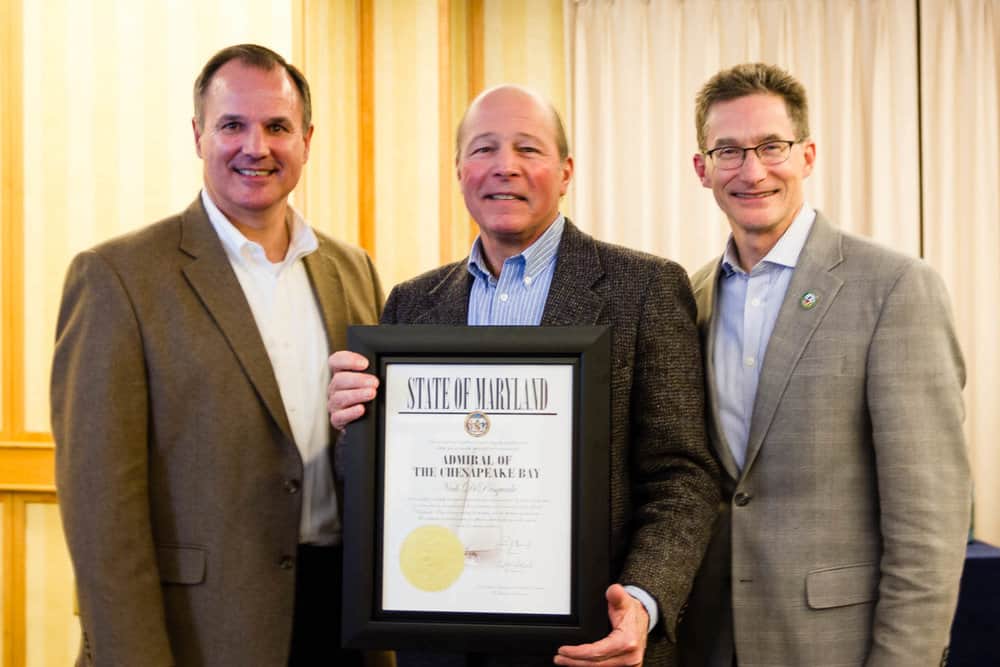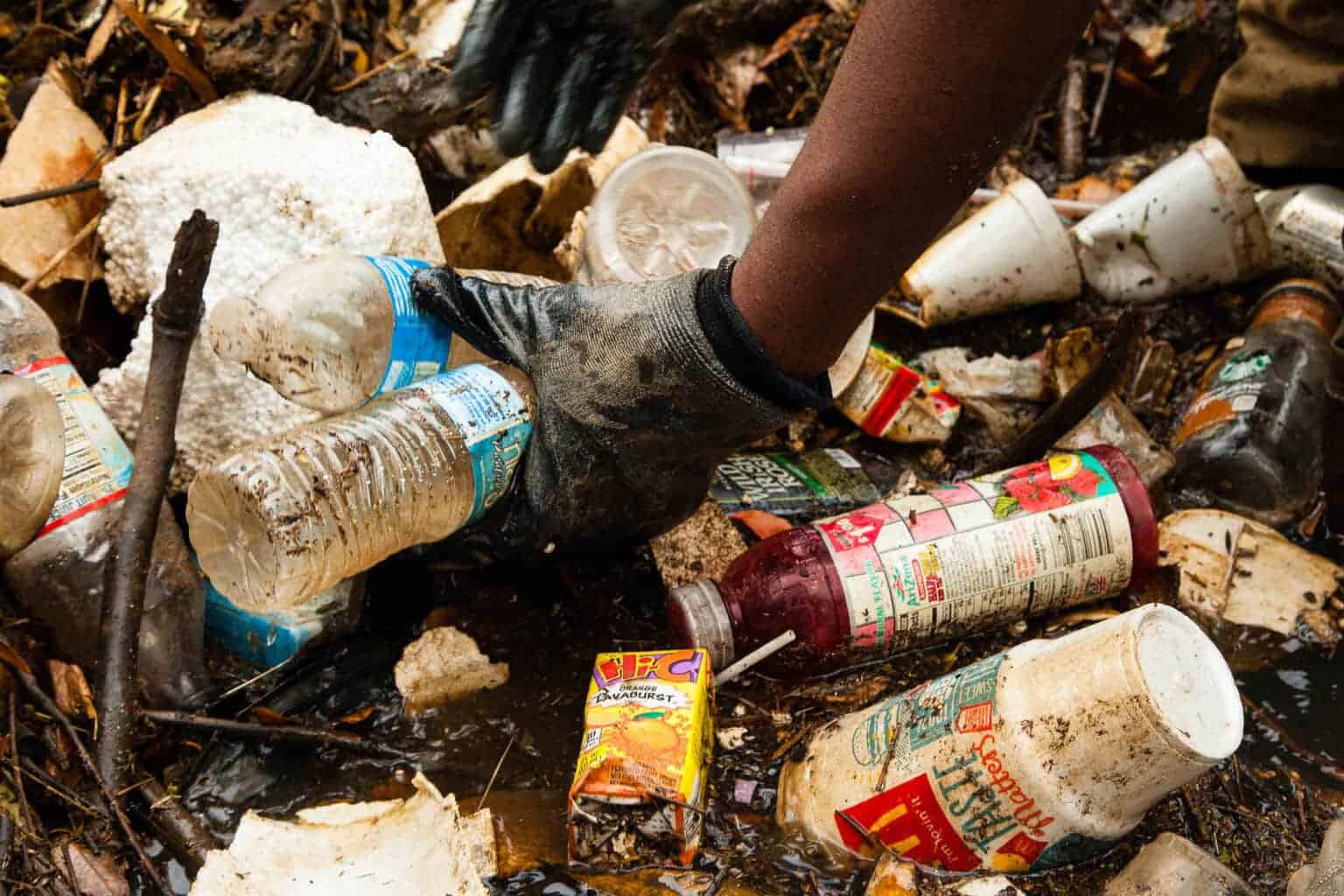Dan Herrera expected to see a wide variety of animals photographed by the automated camera he set up inside the Chesapeake and Ohio Canal National Historical Park but what he was not expecting to see was a bobcat walking through the nation’s capital.
The bobcat was photographed casually prowling inside the park on Nov. 9 at 6:21 a.m. by automated cameras set up by the Humane Rescue Alliance’s (HRA) DC Cat Count project.
Herrera, a field technician at DC Cat Count, described discovering the photographs as “an extremely surprising moment.” The first image that the camera had captured of the bobcat was blurry and Herrera initially thought he might have been looking at a small coyote, still a rare find for Washington. However, after viewing the second photograph it was obvious that he was looking at something even more rare. The animal was feline, twice the size of a house cat and had a distinctively short tail. When he realized that he was looking at a picture of a bobcat casually strolling through a park in the nation’s capital Herrera said, “it is not an exaggeration to say it took my breath away.”
The HRA’s DC Cat Count project is a 3-year program designed to help conservationists better understand the size of Washington’s cat population. As part of the program 1,060 cameras have been setup across the District designed to help the HRA understand the number of cats, the distribution of cats, and the flow of indoor/outdoor cats in Washington.
Domestic cats can have a significant impact on indigenous bird populations as they tend to hunt indiscriminately. Lauren Lipsey, Vice President of Community Programs at the HRA and the person responsible for overseeing the DC Cat Count Project said that one of the project’s aims is “recognizing that the cat population management issue needs to be addressed in a more comprehensive manner.” Although one aspect of the project is to record the area’s wild cats, none of the researchers expected to see a bobcat captured by one of their cameras.
There is no known reproducing population of bobcats in Washington. The closest sighting of one verified by the Smithsonian took place approximately 25 miles outside of the nation’s capital.
Herrera does not believe that the sighting is indicative of a reproducing population in Washington. He believes it is more likely that the image shows a young male who has strayed into the city while on a hunt or while searching for a mate. Bobcats are patient hunters and will stalk their prey up to 7 miles. However, this sighting still indicates that bobcats are living far closer to the nation’s capital than was previously believed.
Although it’s unlikely that bobcats will begin to migrate to the district on a larger scale, finding them in urban areas on the east coast is almost entirely unheard of. This could mean that bobcats are moving closer to more densely populated areas or are having to travel farther while hunting for food.
Regardless of the reasoning for this bobcat’s journey to the District, Herrera believes his stay here will be brief. He said that “in the most likely event that it does not find a mate here in D.C. then there is no reason for it to stay.” Regardless, the sighting was enough to excite the DC Cat Count team who have recorded the only wild bobcat in Washington in recent history.
-CJ Hancock



